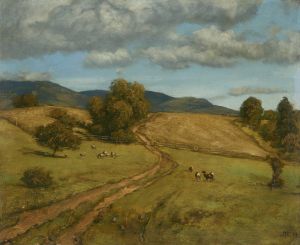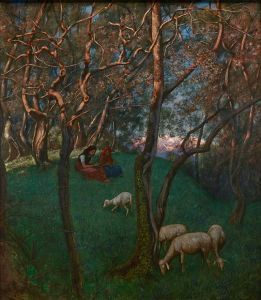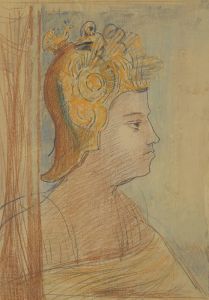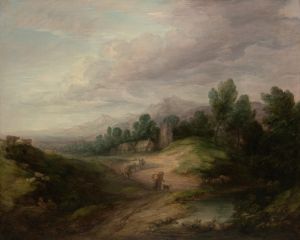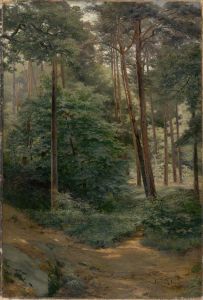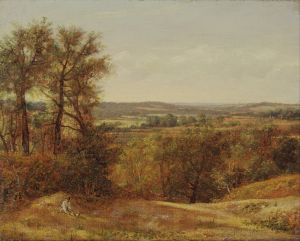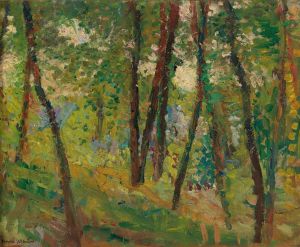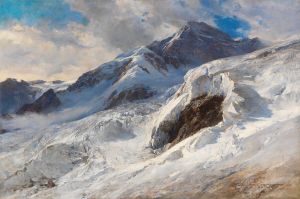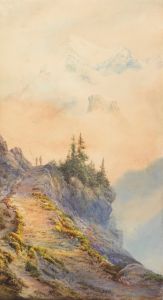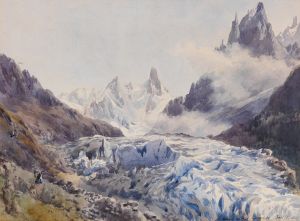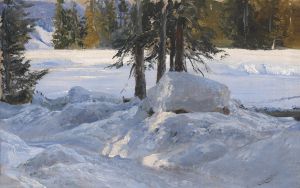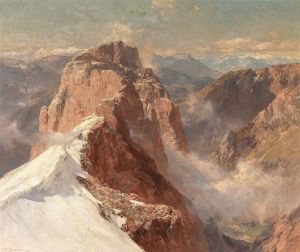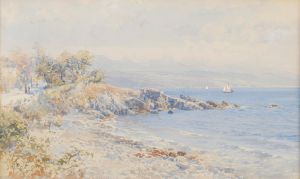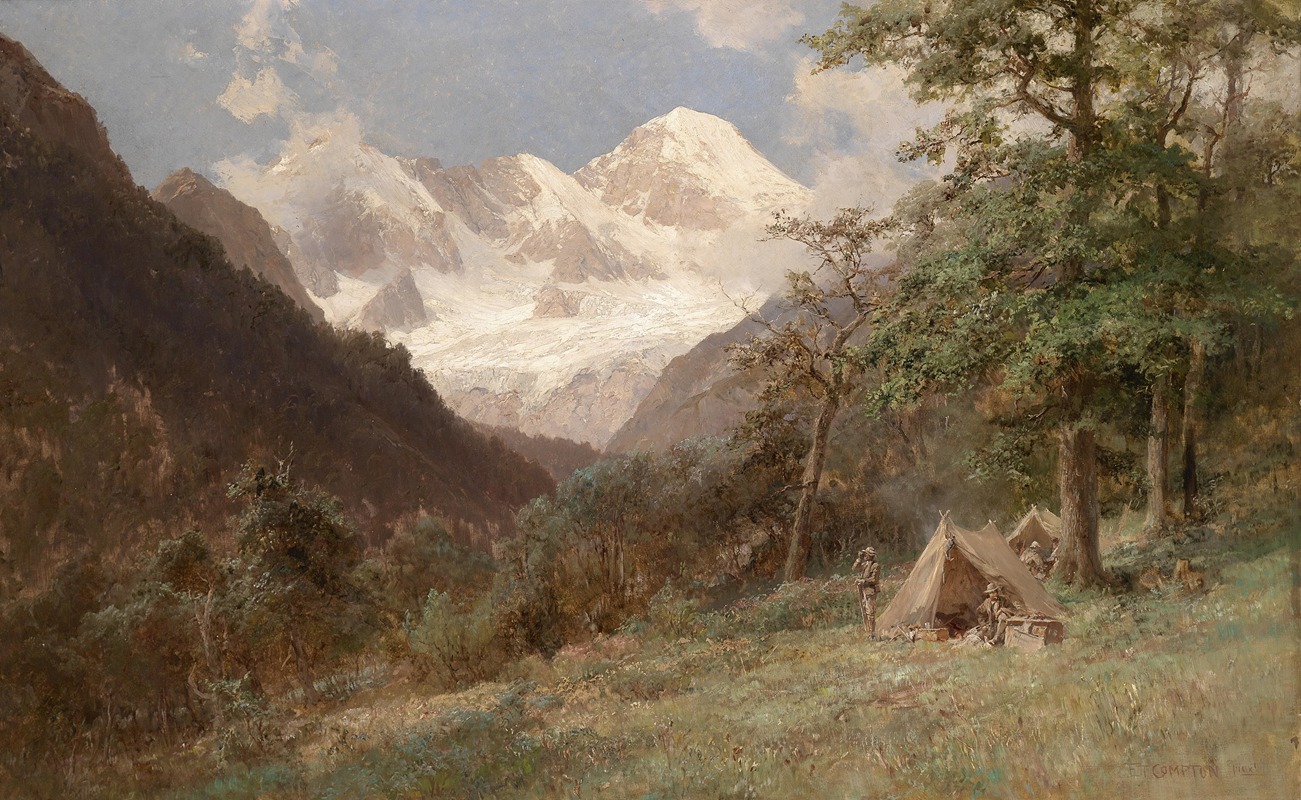
Landschaft im Kaukasus
A hand-painted replica of Edward Theodore Compton’s masterpiece Landschaft im Kaukasus, meticulously crafted by professional artists to capture the true essence of the original. Each piece is created with museum-quality canvas and rare mineral pigments, carefully painted by experienced artists with delicate brushstrokes and rich, layered colors to perfectly recreate the texture of the original artwork. Unlike machine-printed reproductions, this hand-painted version brings the painting to life, infused with the artist’s emotions and skill in every stroke. Whether for personal collection or home decoration, it instantly elevates the artistic atmosphere of any space.
Edward Theodore Compton was a renowned English-born German artist and illustrator, celebrated for his detailed and evocative landscapes, particularly those depicting mountainous regions. One of his notable works is "Landschaft im Kaukasus," which translates to "Landscape in the Caucasus." This painting exemplifies Compton's fascination with alpine and mountainous scenery, a theme that dominated much of his artistic career.
Compton was born on July 29, 1849, in Stoke Newington, London. He moved to Germany in 1867, where he became deeply inspired by the natural beauty of the Alps and other mountainous regions. His passion for mountaineering and exploration is vividly reflected in his artwork, which often captures the grandeur and majesty of these landscapes with remarkable precision and detail.
"Landschaft im Kaukasus" is a testament to Compton's skill in portraying the rugged beauty of mountain ranges. The Caucasus Mountains, located at the intersection of Europe and Asia, are known for their dramatic peaks and diverse ecosystems. Compton's depiction of this region likely highlights these features, showcasing his ability to render the sublime and awe-inspiring aspects of nature.
Throughout his career, Compton was known for his meticulous attention to detail and his ability to convey the atmospheric conditions of the landscapes he painted. His works often feature a harmonious blend of light and shadow, capturing the dynamic interplay of weather and terrain. This approach not only emphasizes the physical characteristics of the mountains but also evokes an emotional response from the viewer, drawing them into the scene.
Compton's artistic style is characterized by a combination of realism and romanticism. He was adept at capturing the precise details of the natural world while also imbuing his paintings with a sense of wonder and reverence for the majesty of nature. This duality is evident in "Landschaft im Kaukasus," where the viewer can appreciate both the technical skill and the emotional depth of the work.
In addition to his paintings, Compton was also a prolific illustrator, contributing to various publications and mountaineering literature. His illustrations often accompanied the writings of explorers and mountaineers, providing visual context to their narratives. This connection between art and exploration further cemented Compton's reputation as a leading figure in the depiction of mountainous landscapes.
Edward Theodore Compton's legacy as an artist is closely tied to his ability to capture the essence of the world's most breathtaking natural environments. "Landschaft im Kaukasus" stands as a representative example of his work, showcasing his dedication to portraying the beauty and majesty of the mountains. Through his art, Compton has left an enduring impression, inspiring both art enthusiasts and nature lovers alike with his stunning depictions of the natural world.





